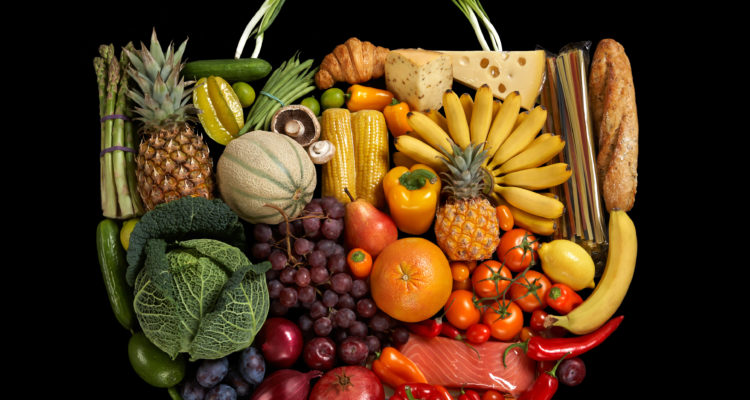◊ By Benefit Publishing Pvt Ltd
Note: To find contact details of organic ingredient suppliers in India, buy the Organic Directory
The 21st edition of The World of Organic Agriculture, the annual statistical yearbook that reports on the evolution of organic farming and markets across the world, shows global organic market has already crossed USD 100 billion.
The report, presented by the Research Institute of Organic Agriculture (FiBL) and IFOAM – Organics International, at BIOFACH, the world’s leading trade fair for organic food, in Nuremberg, Germany on February 12, 2020.
According to the report, organic farmland the world over increased by 2.0 million hectares, and global organic retail sales also continued to grow, reaching an all-time high, as evident from the data collected from 186 countries.
GLOBAL ORGANIC MARKET CROSSES 100 BILLION USD
According to the market research company, Ecovia Intelligence, the global market for organic food surpassed 100 billion US dollars (approx. 97 billion euros) for the first time in 2018.
The United States is the leading market, with 40.6 billion euros, followed by Germany (10.9 billion euros) and France (9.1 billion euros).
In 2018, many major markets continued to register double-digit growth rates, and the French organic market grew by more than 15%.
Danish and Swiss people spent the most money on organic food (312 euros per capita), and Denmark had the highest organic market share, with 11.5% of its total food market as organic.
INDIA HAS MAXIMUM NUMBER OF ORGANIC FARMERS IN THE WORLD
In 2018, 2.8 million organic producers were reported. India continues to be the nation with the highest number of producers (1,149,000), followed by Uganda (210,000), and Ethiopia (204,000).
INCREASE IN ORGANIC FARMLAND ACROSS NATIONS
Organic area increased in all continents. A total of 71.5 million hectares were organic at the end of 2018, representing a growth of 2.9% or 2 million hectares compared to 2017.
Australia has the largest organic agricultural area (35.7 million hectares), followed by Argentina (3.6 million hectares), and China (3.1 million hectares).
Europe has the second largest area (15.6 million hectares).
AT LEAST 10% OF LAND IS ORGANIC IN 16 COUNTRIES
Globally, 1.5% of farmland is organic. However, many countries have far higher shares. The countries with the largest organic ratio of their total farmland are Liechtenstein (38.5%), Samoa (34.5%), and Austria (24.7%). In 16 countries, 10% or more of all agricultural land is organic.
ORGANIC AGRICULTURE IMPORTANT FOR SUSTAINABLE DEVELOPMENT GOALS
According to Dr Monica Rubiolo from the Swiss State Secretariat for Economic Affairs (SECO), “Access to good quality data on organic farming not only helps to measure success toward achieving the Sustainable Development Goals but also to orient decision-makers and other stakeholders along the whole value chain.”
Joseph Wozniak from the International Trade Centre (ITC) believes, “This publication provides key insights for those who attach importance to environmental conditions behind the products produced in their countries.”
“Global organic statistics have proven useful for development programmes and supporting strategies for organic agriculture and markets, and they are crucial for monitoring the impact of these activities. This publication shows our engagement with transparency in the organic sector,” says Louise Luttikholt, IFOAM – Organics International’s Executive Director.



Leave a Reply